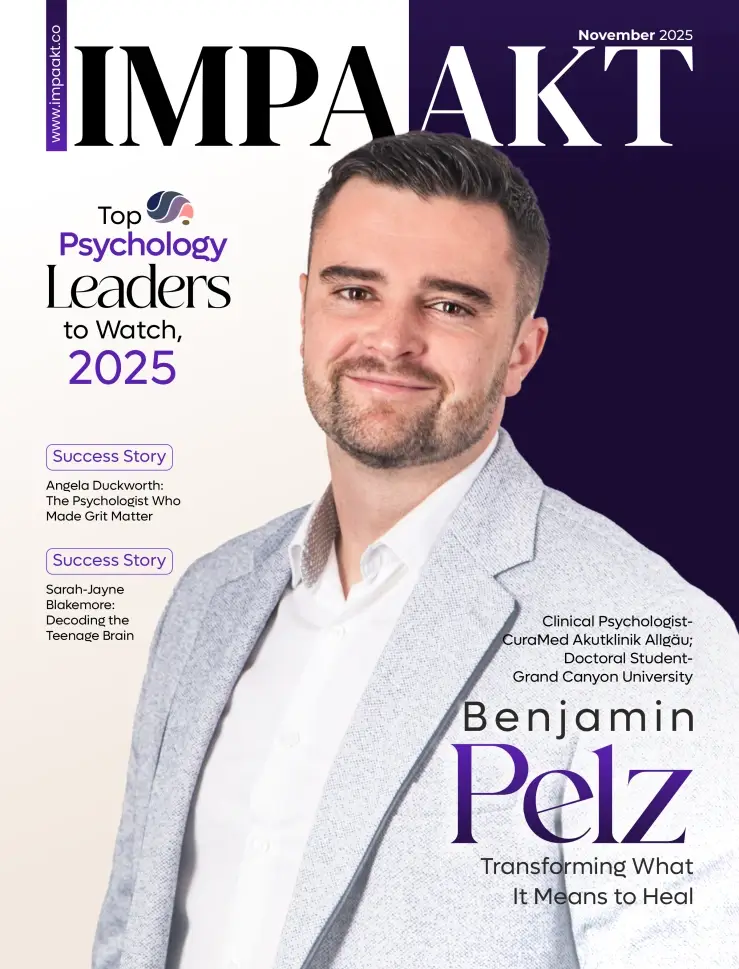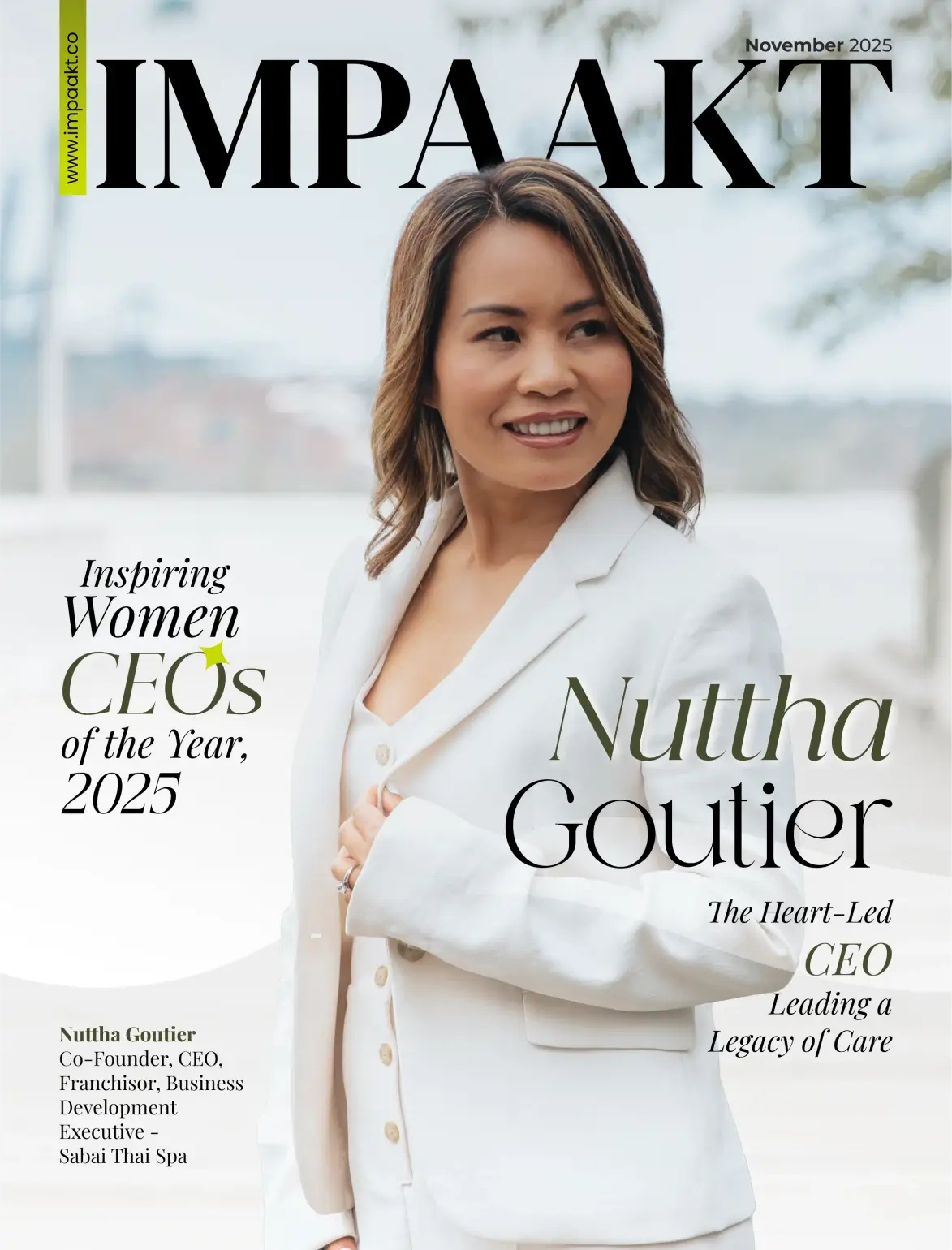“This is the most creative I’ve felt in months, and we’re just following a checklist.”
That comment from a team member surprised me. Like many entrepreneurs, I used to believe that structure was the enemy of creativity. But I’ve learned that the opposite is true.
When applied with intention, structure doesn’t suppress innovation. It nurtures it.
The Myth: Structure Stifles Creativity
Entrepreneurs and leaders often worry that formalizing operations will turn their businesses into rigid machines. The fear is that by creating too many checklists, they’ll dull the edge that made their company dynamic in the first place.
But in reality, when teams lack process, they spend their time firefighting. They improvise repeatedly. They struggle with inconsistencies, miscommunication, and duplicated effort.
In that environment, there’s no room left to innovate because all their energy goes into staying afloat.
Case in Point: Onboarding with Intention
In our early days, each client onboarding experience looked slightly different. Every consultant brought their own approach, which led to friction not just for clients, but internally. We were trying to create magic without a playbook, and we paid the price in time, energy, and quality.
 So we took a step back. We mapped the journey from the first handshake to project kickoff. We aligned on milestones, assigned ownership, and gave the team a framework they could trust.
So we took a step back. We mapped the journey from the first handshake to project kickoff. We aligned on milestones, assigned ownership, and gave the team a framework they could trust.
The result?
Client experience improved. Team members felt more empowered. But most notably, creativity flourished. Once the basics were handled, we had the freedom to personalize, iterate, and elevate the process with purpose.
The Hidden Link Between Clarity and Innovation
That shift didn’t stop with onboarding. We replicated it across other parts of the business including internal meetings, deliverables, and project handoffs. With each new system, our team’s sense of confidence and creativity grew stronger.
Structure didn’t limit innovation.
It liberated it.
In fact, research supports this. A McKinsey study found that companies with clearly defined operating systems are more than twice as likely to be top-quartile performers in innovation. When people have clarity, they take risks. When they feel safe, they bring bold ideas forward.
Clarity creates capacity.
A Framework for Leaders Who Want Both Process and Purpose
If you’re a purpose-driven leader, you don’t need more complexity. You need space. And space comes from building processes that are lightweight, adaptable, and anchored in values.
Here’s a simple approach:
- Identify what repeats
Look for areas where chaos creeps in such as onboarding, team communications, or project handoffs. - Document just enough
Capture the essentials, not the excess. A one-pager often beats a manual. - Let your team own it
Empower your people to improve the process. When they co-create it, they believe in it.
Let the Process Handle the Routine So Your People Can Be Remarkable
Too often, we see process and people as opposing forces. But the truth is, thoughtful systems free people to do their best work. They remove friction. They build trust. They allow creativity to emerge, not as chaos, but as focused energy.
If we want to build businesses that scale and inspire, we must shift our mindset.
Do not fear structure. Use it consciously and purposefully to support your team’s brilliance.
Let the process carry the weight so your people can carry the vision.

 Adi Klevit
Adi Klevit










